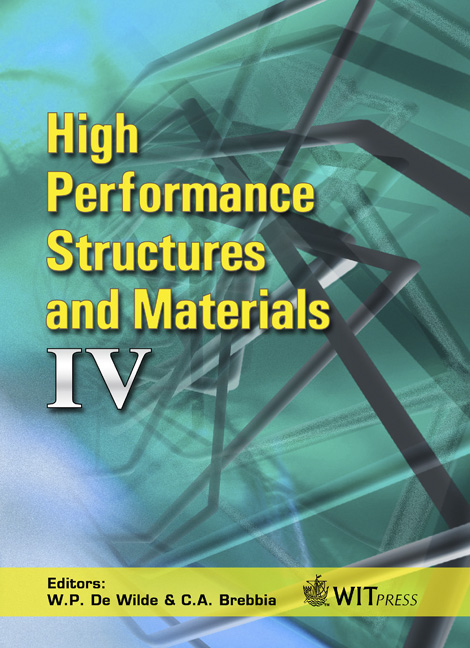A Practical Appraisal Method For Through-wall Cracks In Tubular Structures
Price
Free (open access)
Transaction
Volume
97
Pages
8
Page Range
315 - 322
Published
2008
Size
351 kb
Paper DOI
10.2495/HPSM080331
Copyright
WIT Press
Author(s)
S. Limkatanyu & K. Kuntiyawichai
Abstract
Tubular structures such as offshore platforms are used for various reasons, i.e. oil and gas exploration, navigation aid towers, bridges and causeways, ship loading and unloading facilities. These structures are mostly made of various grades of steel, from mild to high strength, i.e. 240 MPa to 360 MPa yield. In order to design members or components of tubular structures under static loads to avoid failure, collapse and buckling etc., design codes and standards are well established for specific applications, e.g. BS5950, BS5400 and EuroCode 3. However, the conventional design criteria are insufficient for designing engineering structures not containing flaws, since all structures contain flaws that may be caused by the manufacturing processes, fabrication or due to localized in-service damage. These flaws may grow by fatigue due to the application of repeated loads and this could lead to degradation in the structural strength with the possibility of catastrophic failures. Therefore, in order to perform a fracture assessment of tubular connections containing through-wall cracks of tubular structures, a 3D-submodel analysis of the selected connection has to be analyzed using full-scale dynamic finite element analyses, which is time is consuming. Hence, high performance computing facilities are required which are beyond the scope of conventional designers. Thus, a simplified method for estimating the performance of the tubular connection is introduced in this study. The results from the approximate method are then compared with those obtained from the full dynamic FE analyses. Keywords: tubular structures, failure assessment, crack connections, finite element analysis.
Keywords
tubular structures, failure assessment, crack connections, finite element analysis.





